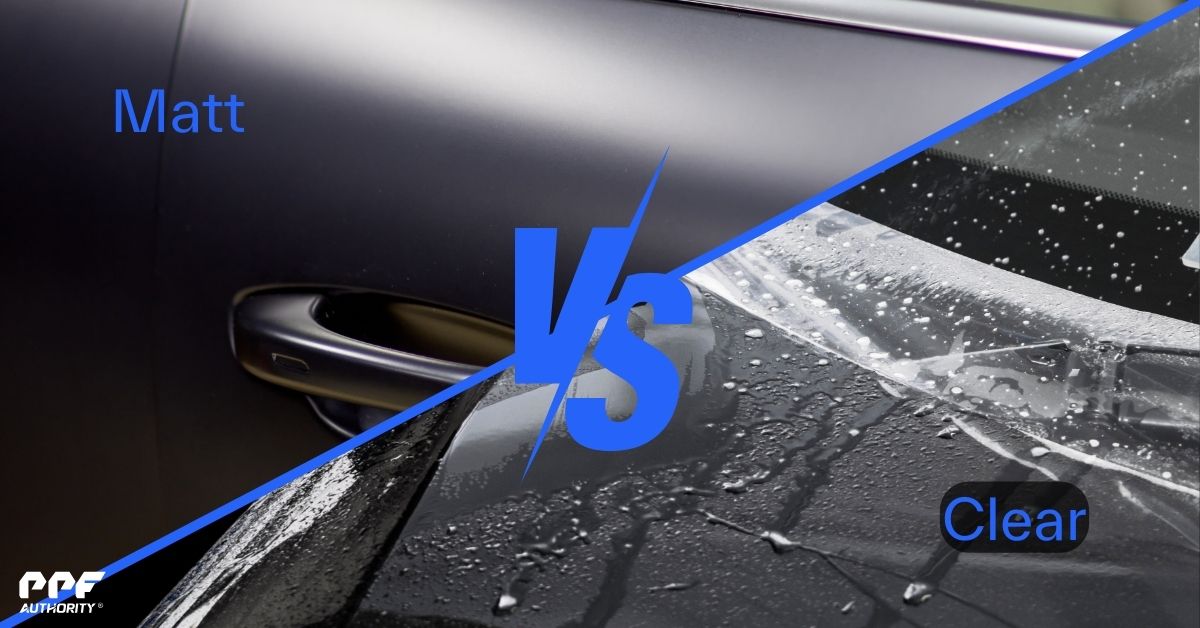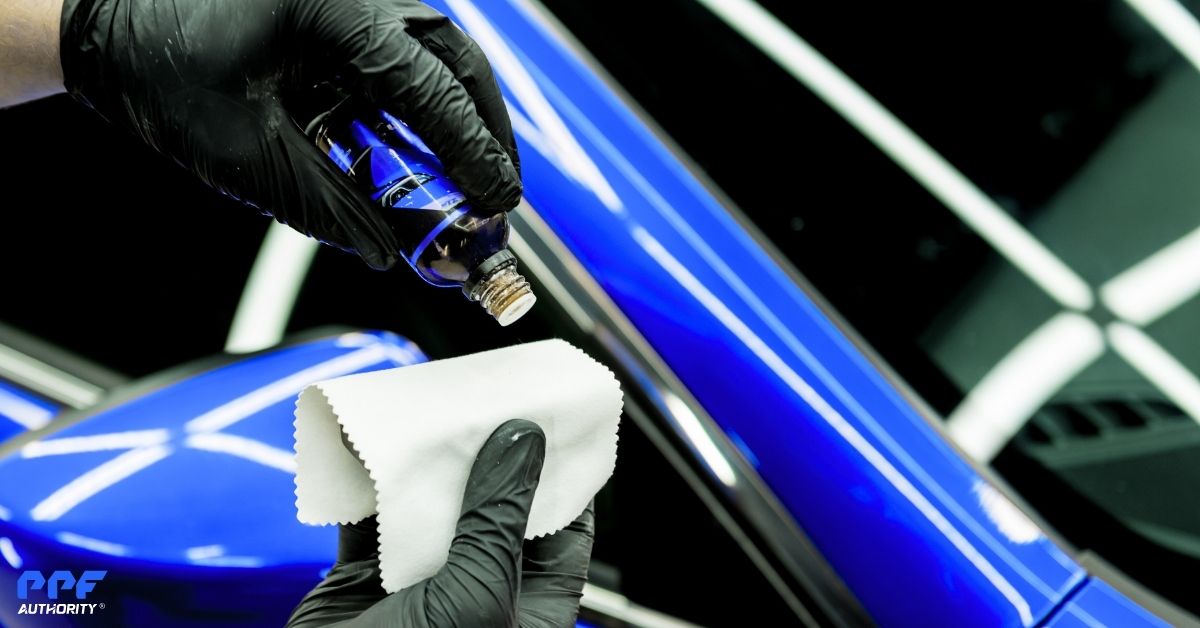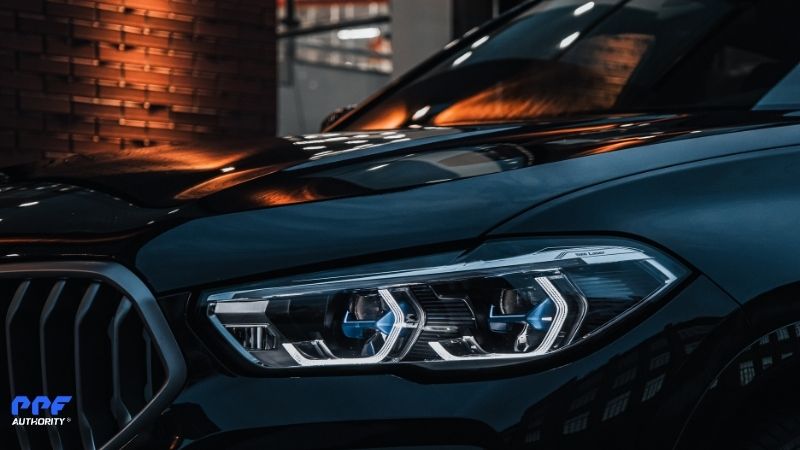Investing in Paint Protection Film (PPF) is one of the smartest decisions you can make to protect your vehicle’s paint. Whether you’re driving a luxury car, a sports car, or a daily commuter, PPF acts as a durable shield against scratches, rock chips, and other hazards.
However, one common dilemma car owners face is deciding between full front PPF and full car PPF. Both options offer significant benefits, but which one is right for your needs? In this article, we’ll explore the differences, pros and cons, and key factors to consider when making your decision.
What Is Full Front PPF?
Full front PPF refers to the application of Paint Protection Film on the most vulnerable areas of your car’s front end. These are the high-impact zones that are most exposed to road debris, bugs, and other damage during everyday driving.
Areas Covered in Full Front PPF:
- Front bumper
- Full hood
- Full fenders
- Headlights and fog lights
- Side mirrors
What Is Full Car PPF?
Full car PPF involves applying Paint Protection Film to every painted surface of your vehicle. This comprehensive coverage provides maximum protection for both high-impact and low-impact areas.
Areas Covered in Full Car PPF:
- Entire front end (same as full front PPF)
- Doors and door edges
- Rear bumper
- Roof and pillars
- Quarter panels
- Trunk
Full Front PPF vs. Full Car PPF: Key Differences
| Feature | Full Front PPF | Full Car PPF |
| Coverage | Front bumper, hood, fenders, headlights, and mirrors. | Entire vehicle, including all painted surfaces. |
| Protection Level | Protects high-impact areas from chips, scratches, and debris. | Comprehensive protection for the entire car. |
| Cost | Moderate (lower cost than full car coverage). | High (significant investment). |
| Aesthetic Preservation | Protects the most visible parts of your car. | Maintains a flawless finish across the entire vehicle. |
| Ideal For | Everyday drivers and budget-conscious owners. | Luxury cars, exotic vehicles, and perfectionists. |
Benefits of Full Front PPF
1. Cost-Effective Protection
Full front PPF is more affordable than full car coverage while still protecting the high-impact areas most likely to sustain damage.
2. Focused on High-Risk Zones
The front end of your car takes the brunt of damage from rock chips, bugs, and road debris. Full front PPF offers a targeted solution to these common problems.
3. Excellent for Everyday Drivers
If you use your car primarily for commuting or city driving, full front PPF provides sufficient protection without the need for full-body coverage.
4. Preserves Key Aesthetic Areas
The front end is often the most visible part of your car. Keeping it in pristine condition ensures your vehicle always looks its best.
Drawbacks of Full Front PPF
- Limited Coverage: Other areas of your car, like doors, roof, and rear bumper, remain unprotected.
- Potential for Inconsistent Wear: Over time, the unprotected areas of your car may develop scratches or fade differently than the PPF-protected front.
Benefits of Full Car PPF
1. Comprehensive Protection
Full car PPF ensures that every painted surface is shielded from scratches, chips, stains, and environmental hazards.
2. Ideal for High-Value Cars
If you own a luxury, exotic, or collector car, full car PPF is the best way to preserve its flawless finish and maintain its value.
3. Uniform Wear and Aesthetics
By covering the entire vehicle, full car PPF prevents uneven wear and fading between protected and unprotected areas.
4. Long-Term Investment
Full car PPF offers peace of mind and maximum durability, making it a worthwhile investment for car enthusiasts who prioritize protection.
Drawbacks of Full Car PPF
- High Cost: Full car PPF is significantly more expensive than partial coverage options.
- Overkill for Some Drivers: If you primarily drive in low-risk environments, full car PPF may be more protection than you need.
Factors to Consider When Choosing Between Full Front and Full Car PPF
1. Your Driving Habits
- If you frequently drive on highways, gravel roads, or in areas with heavy construction, full car PPF offers superior protection.
- For city driving or light commuting, full front PPF may be sufficient.
2. Your Budget
- Full front PPF is a more budget-friendly option for those seeking partial protection.
- If you can afford the higher upfront cost, full car PPF provides unmatched peace of mind.
3. Your Car’s Value
- For luxury or exotic cars, full car PPF is often worth the investment to maintain the vehicle’s condition and resale value.
- For standard vehicles, full front PPF offers excellent protection without the added expense.
4. Your Long-Term Goals
- If you plan to keep your car for many years, full car PPF ensures comprehensive protection and consistent aesthetics.
- If you’re leasing or plan to sell your car soon, full front PPF may be a more practical choice.
The Case for Combining Full Front PPF with Other Solutions
If you’re torn between full front and full car PPF, you might consider combining full front PPF with ceramic coating for the rest of the vehicle.
Benefits of Combining PPF and Ceramic Coating:
- Full front PPF protects high-impact areas from physical damage.
- Ceramic coating provides hydrophobic properties, UV protection, and enhanced gloss for unprotected areas.
- This approach balances cost and protection while keeping your car looking great.
Conclusion
Choosing between full front PPF and full car PPF ultimately depends on your driving habits, budget, and goals.
- Opt for full front PPF if you want targeted, cost-effective protection for the most vulnerable areas of your car.
- Choose full car PPF if you’re looking for maximum protection, especially for luxury or high-value vehicles.
No matter which option you select, investing in PPF is a smart way to protect your car’s paint, preserve its value, and keep it looking new for years to come.
For the best results, work with a certified installer who can guide you through the process and ensure a flawless application. Protect your investment today and enjoy the peace of mind that comes with a well-protected car.



